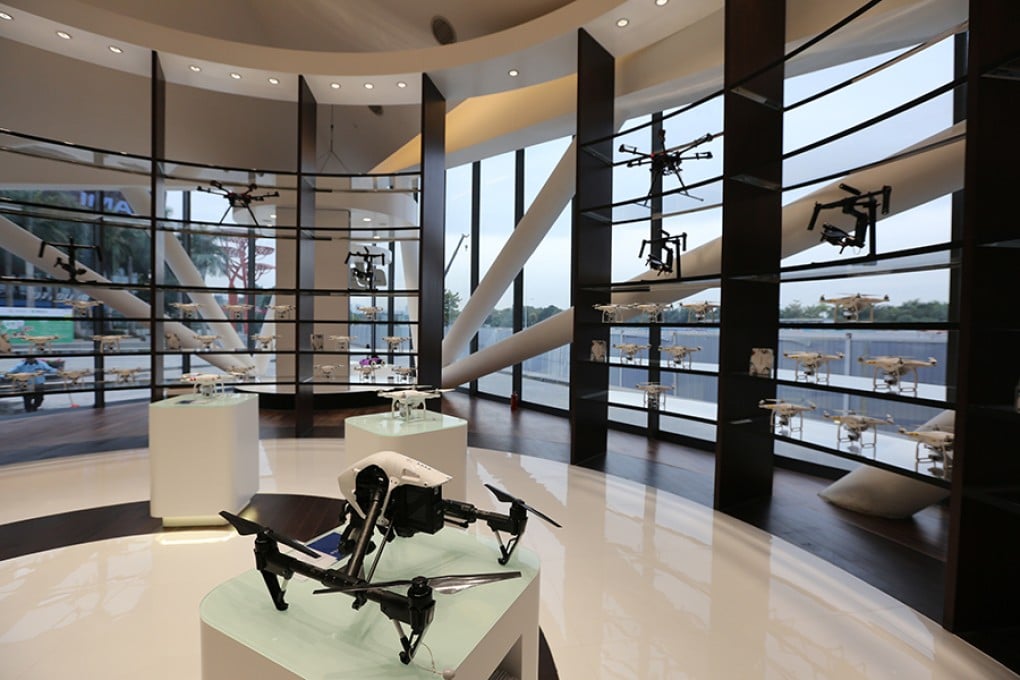Advertisement
How DJI continues to stay ahead of its rivals
Drone pioneer continues to dominate the industry
Reading Time:4 minutes
Why you can trust SCMP

This article originally appeared on ABACUS
There's a new player in the drone race. California-based Skydio unveiled a $2500 drone that can fly itself -- weaving through a forest of trees while following a human subject. It's impressive technology, seemingly giving the four-year-old startup an edge against market leader DJI.
But we've been here before. Just two years ago, it looked like the Chinese company was facing its toughest test yet.
GoPro, the company that made small “action cameras” popular, was ready to launch the Karma drone. And American startup 3D Robotics had the Solo, which promised to be much smarter than the market leader at the time, DJI’s Phantom.
Advertisement
But while DJI went from strength to strength, its rivals stumbled out of the market: Both GoPro and 3D Robotics have now stopped building drones. The story of how we got there is an illustration of how DJI’s shrewd strategy has kept them far ahead of the competition.
BIRTH OF A GIANT
DJI was founded in 2006 in the southern Chinese city of Shenzhen, right across the border from Hong Kong. CEO Frank Wang and two classmates rented a tiny office to try and build a remote-controlled quadcopter stable enough for photography.
Advertisement
Advertisement
Select Voice
Choose your listening speed
Get through articles 2x faster
1.25x
250 WPM
Slow
Average
Fast
1.25x